Home>Gardening & Outdoor>Landscaping Ideas>How To Get Rid Of Grass Itch


Landscaping Ideas
How To Get Rid Of Grass Itch
Modified: February 18, 2024
Discover effective landscaping ideas to eliminate grass itch and create a comfortable outdoor space. Explore expert tips for a lush, itch-free lawn.
(Many of the links in this article redirect to a specific reviewed product. Your purchase of these products through affiliate links helps to generate commission for Storables.com, at no extra cost. Learn more)
Understanding Grass Itch
Grass itch, also known as contact dermatitis, is a common skin irritation caused by contact with certain plants, including grasses. This condition occurs when the skin comes into contact with the irritants found in grass, leading to redness, itching, and sometimes even blisters. Understanding the causes and effects of grass itch is crucial for effectively managing and preventing this discomforting condition.
When grass comes into contact with the skin, it can trigger an allergic reaction in some individuals. This reaction is often due to the presence of substances such as pollen, sap, or microscopic hairs on the grass blades. These irritants can penetrate the skin, leading to inflammation and discomfort. Additionally, some grasses produce natural chemicals that can cause skin irritation upon contact, exacerbating the symptoms of grass itch.
It’s important to note that the severity of grass itch can vary from person to person. While some individuals may experience mild itching and redness, others may develop more pronounced symptoms, such as swelling and blistering. Understanding the specific triggers and reactions associated with grass itch is essential for effective management and prevention.
Furthermore, grass itch is not limited to direct skin contact with grass. It can also be triggered by contact with objects or surfaces that have come into contact with grass, such as clothing, gardening tools, or outdoor furniture. This indirect exposure can lead to the transfer of grass irritants onto the skin, resulting in similar allergic reactions and discomfort.
By gaining a deeper understanding of the underlying causes and mechanisms of grass itch, individuals can take proactive measures to minimize their exposure to grass irritants and alleviate the associated symptoms. Whether it’s through identifying specific grass species that trigger the reaction or implementing preventive strategies, knowledge of grass itch is a valuable tool in maintaining skin health and overall well-being.
Key Takeaways:
- Grass itch, or contact dermatitis, is caused by skin contact with grass irritants, leading to itching, redness, and blisters. Understanding symptoms and prevention methods is key to managing this discomfort.
- To prevent grass itch, wear protective clothing, wash exposed skin, and create grass-free zones. These proactive measures minimize skin exposure to grass irritants, reducing the risk of discomfort.
Read more: How To Get Rid Of Grasshoppers
Identifying the Symptoms
Recognizing the symptoms of grass itch is essential for prompt and effective management of this skin condition. While the specific reactions can vary among individuals, there are common indicators that can help identify grass itch and differentiate it from other skin irritations.
One of the primary symptoms of grass itch is persistent itching and discomfort in the areas of skin that have come into contact with grass or grass-related irritants. This itching may range from mild to intense, often leading to a strong urge to scratch the affected areas. Additionally, redness and inflammation are typical signs of grass itch, as the skin reacts to the presence of irritants and allergens.
In some cases, individuals may experience the formation of small, fluid-filled blisters on the affected skin. These blisters can contribute to heightened discomfort and may lead to further skin irritation if ruptured. Swelling and tenderness are also common symptoms associated with grass itch, particularly when the skin’s reaction to grass irritants is more pronounced.
Furthermore, individuals with grass itch may notice a pattern of symptoms corresponding to their exposure to grassy areas or outdoor activities. The onset of itching, redness, and other discomforts following contact with grass can serve as a key indicator of grass itch. It’s important to pay attention to the timing and recurrence of symptoms to establish a potential link to grass-related triggers.
Identifying the symptoms of grass itch goes beyond surface-level observations. Understanding the specific characteristics of the skin reactions, such as the appearance of rashes, the intensity of itching, and the duration of discomfort, can aid in accurate diagnosis and targeted treatment. Additionally, seeking medical advice when experiencing persistent or severe symptoms is crucial for obtaining professional guidance and personalized care.
By familiarizing themselves with the common symptoms of grass itch, individuals can take proactive measures to address the condition and minimize its impact on their daily lives. Whether it’s through targeted skincare routines, avoidance of grass exposure, or seeking professional medical assistance, recognizing the symptoms is a fundamental step in effectively managing grass itch.
To get rid of grass itch, take a cool shower, apply calamine lotion or hydrocortisone cream, and avoid scratching to prevent infection.
Treating Grass Itch
Managing and alleviating the discomfort of grass itch often involves a combination of skincare practices and targeted treatments to address the symptoms. Whether the skin reaction is mild or more pronounced, there are various approaches to effectively treat grass itch and promote healing.
One of the primary steps in treating grass itch is gentle cleansing of the affected skin areas. Using mild, fragrance-free soaps and lukewarm water can help remove any residual grass irritants and reduce the risk of further skin irritation. Patting the skin dry with a soft towel and avoiding vigorous rubbing can prevent exacerbating the symptoms.
Topical treatments such as over-the-counter hydrocortisone creams or calamine lotion can provide relief from itching and inflammation associated with grass itch. These products can help soothe the skin and minimize discomfort, promoting a more comfortable healing process. Additionally, applying cold compresses or taking cool baths may help alleviate itching and reduce redness and swelling.
For individuals experiencing more severe symptoms of grass itch, such as blistering or intense inflammation, seeking medical advice is advisable. Healthcare professionals can provide personalized treatment recommendations, which may include prescription-strength corticosteroid creams or oral antihistamines to address the skin reactions effectively.
It’s important to refrain from scratching or picking at the affected skin, as this can lead to further irritation, potential infection, and delayed healing. Keeping the skin moisturized with gentle, hypoallergenic lotions can also aid in preventing dryness and promoting skin recovery.
In cases where grass itch has led to blister formation, it’s crucial to protect the affected areas from friction and trauma. Using sterile gauze or bandages to cover the blisters can prevent aggravation and promote a conducive environment for healing. Monitoring the blisters for signs of infection, such as increased redness, warmth, or pus, is essential for timely medical intervention if necessary.
While treating the symptoms of grass itch is important, addressing the root cause through minimizing exposure to grass irritants is equally crucial. Implementing preventive measures, such as wearing protective clothing, using barrier creams, and avoiding prolonged contact with grassy areas, can help reduce the risk of recurrent skin reactions.
By combining targeted treatments with proactive preventive strategies, individuals can effectively manage grass itch and support the healing process, ultimately restoring skin comfort and minimizing the impact of this common skin irritation.
Preventing Grass Itch
Preventing grass itch involves implementing proactive measures to minimize exposure to grass irritants and reduce the risk of skin reactions. By adopting targeted strategies and incorporating preventive practices into daily routines, individuals can significantly lower the likelihood of experiencing discomfort and skin irritation caused by contact with grass.
One effective approach to preventing grass itch is wearing protective clothing when engaging in outdoor activities that involve potential contact with grass. Long sleeves, pants, and gloves can act as barriers, reducing direct skin exposure to grass irritants. Choosing breathable fabrics and light-colored clothing can also help mitigate the risk of skin irritation while spending time in grassy areas.
Applying a barrier cream or lotion before outdoor activities, especially those involving gardening or prolonged grass exposure, can create an additional layer of protection for the skin. These products form a shield against potential irritants, helping to minimize skin contact and reduce the likelihood of developing grass itch.
Regularly washing gardening tools, outdoor equipment, and clothing that may come into contact with grass can help remove lingering irritants and prevent indirect skin exposure. Keeping these items clean and free from grass residues can contribute to a healthier outdoor environment and reduce the risk of skin reactions.
When mowing the lawn or engaging in grass-related yard work, using a mask or face covering can help minimize inhalation of grass particles and allergens, reducing the risk of respiratory irritation and skin reactions. Additionally, maintaining good ventilation during these activities can help disperse airborne irritants and minimize their impact on skin health.
After spending time in grassy areas, promptly washing exposed skin with mild soap and water can help remove potential irritants and reduce the risk of developing grass itch. Thoroughly rinsing off any grass residues from the skin, especially in areas prone to sensitivity, can aid in preventing skin reactions.
For individuals prone to grass itch, considering the use of antihistamine medications before anticipated grass exposure can help mitigate allergic reactions and reduce the severity of symptoms. However, consulting a healthcare professional before using any medications is essential to ensure safe and appropriate usage.
Creating designated play areas and pathways in outdoor spaces can help minimize direct contact with grass, particularly for children and pets. Establishing clear boundaries and maintaining well-maintained grass-free zones can reduce the risk of skin irritation and provide safe areas for recreational activities.
By integrating these preventive measures into daily routines and outdoor practices, individuals can effectively reduce the likelihood of experiencing grass itch and promote skin health. Proactive prevention not only minimizes discomfort but also contributes to a more enjoyable and worry-free outdoor experience.
Frequently Asked Questions about How To Get Rid Of Grass Itch
Was this page helpful?
At Storables.com, we guarantee accurate and reliable information. Our content, validated by Expert Board Contributors, is crafted following stringent Editorial Policies. We're committed to providing you with well-researched, expert-backed insights for all your informational needs.







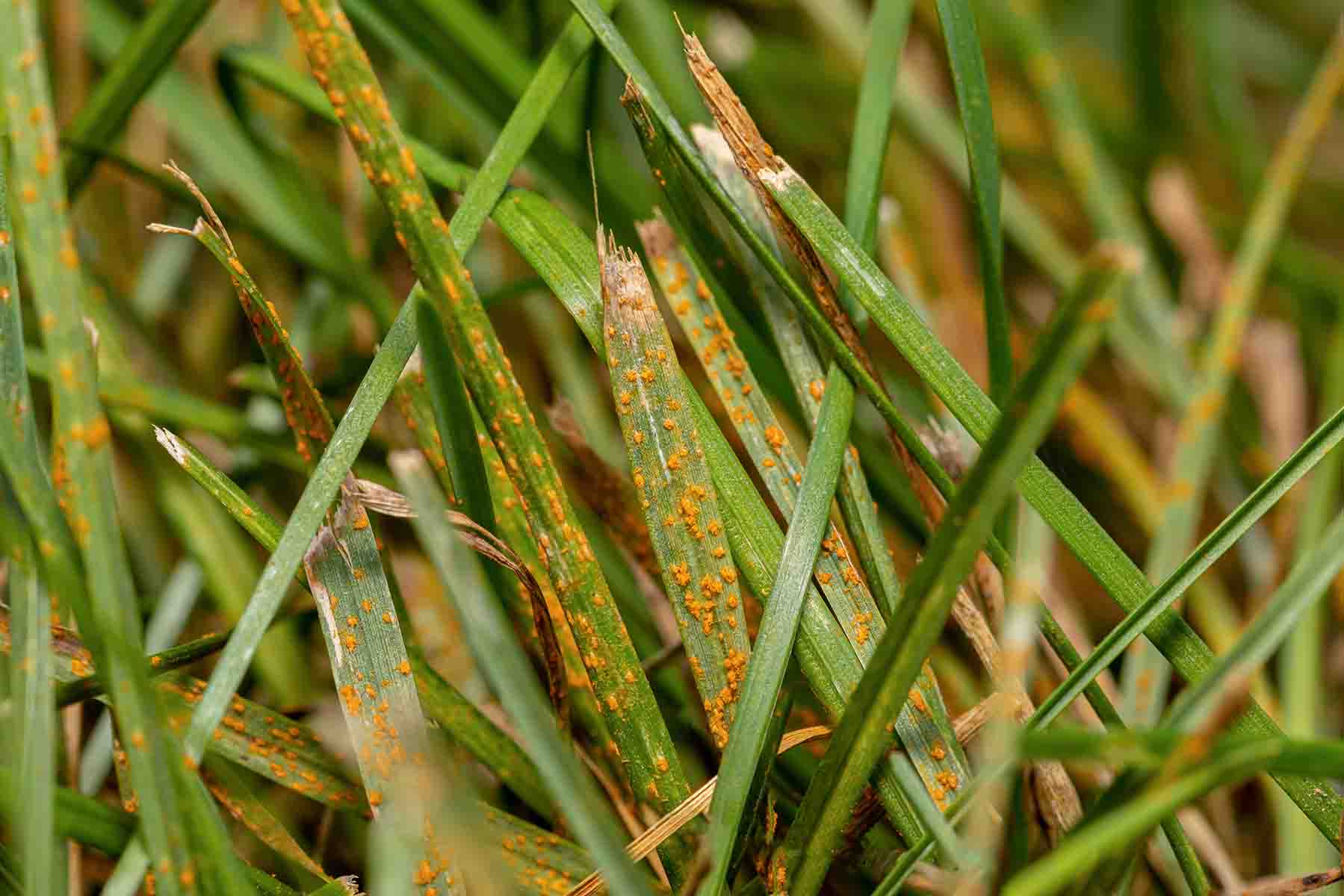

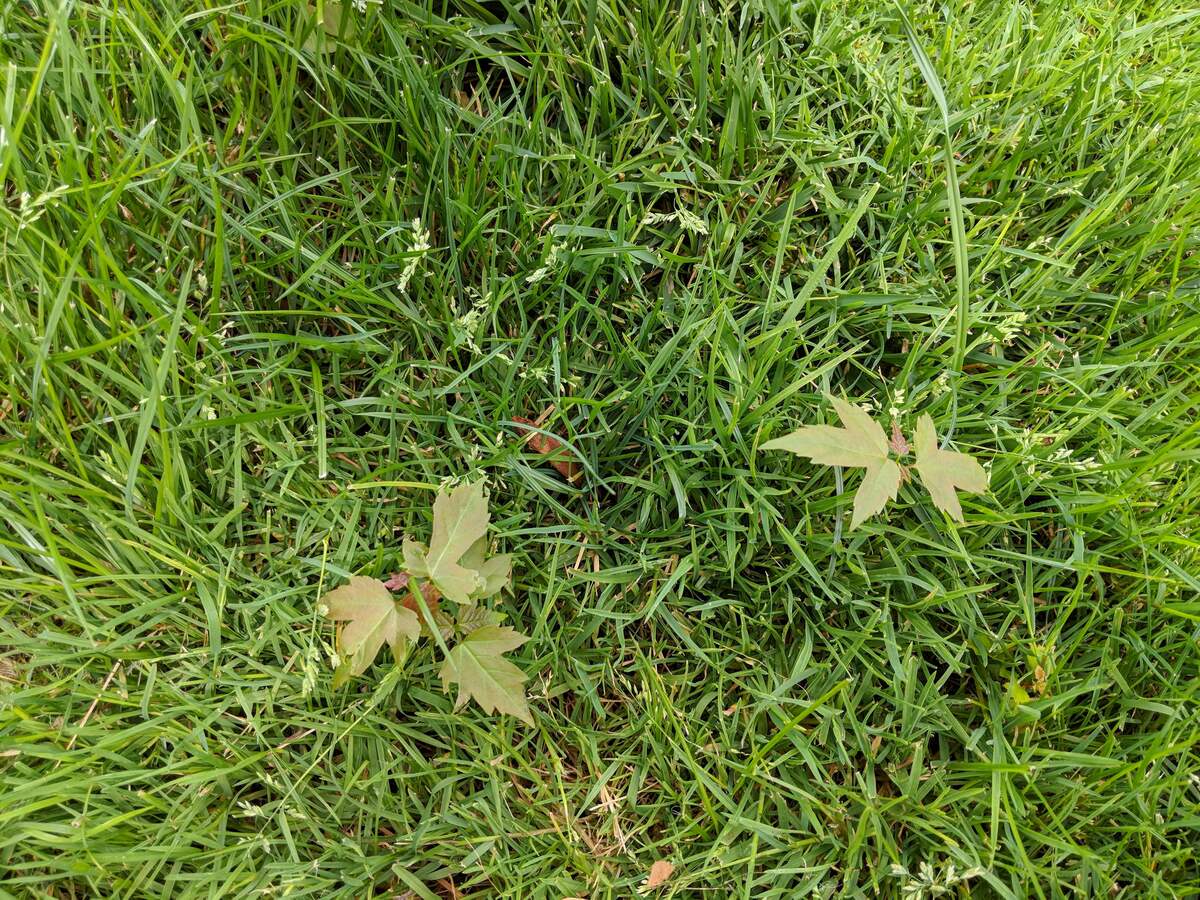
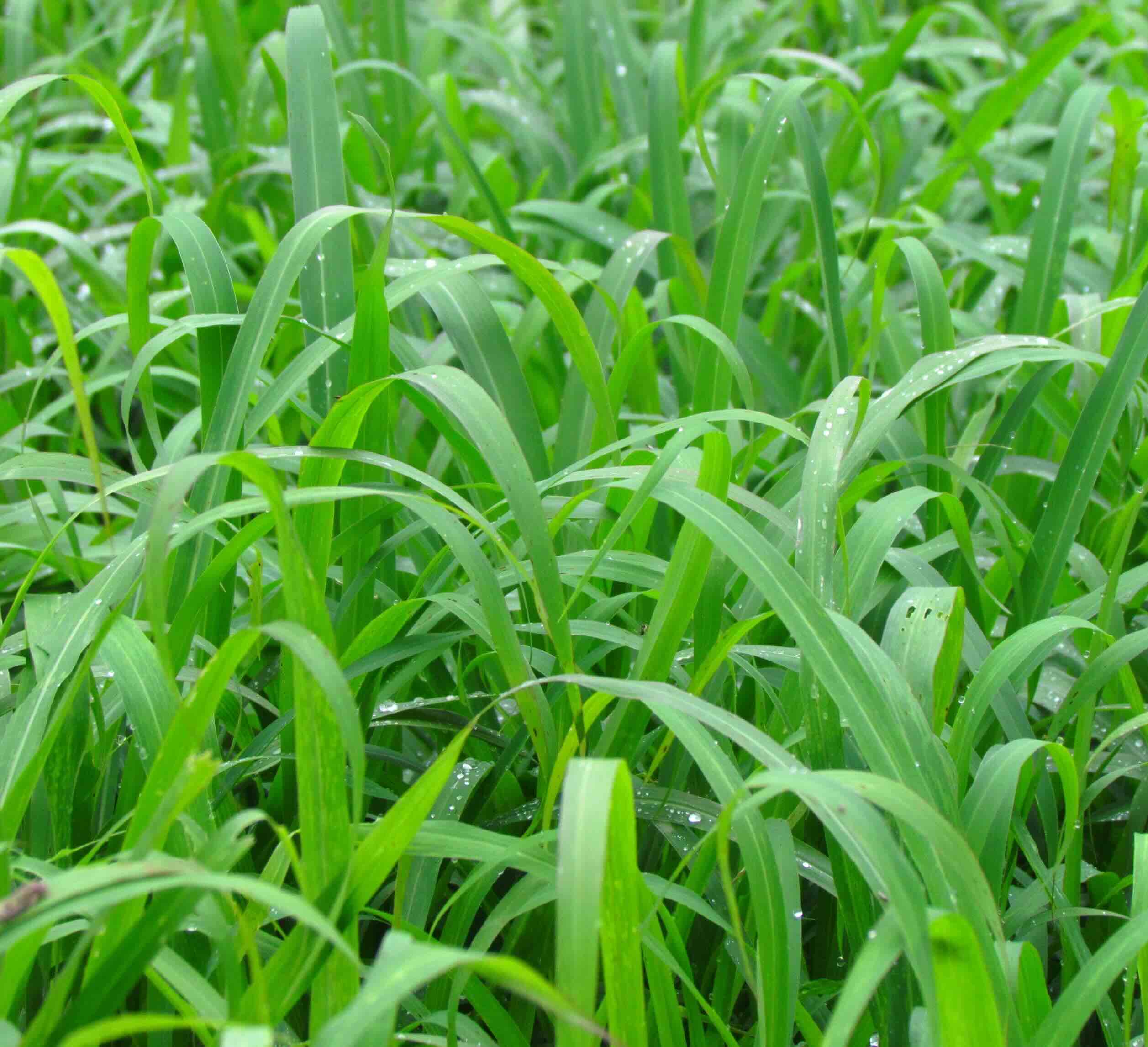
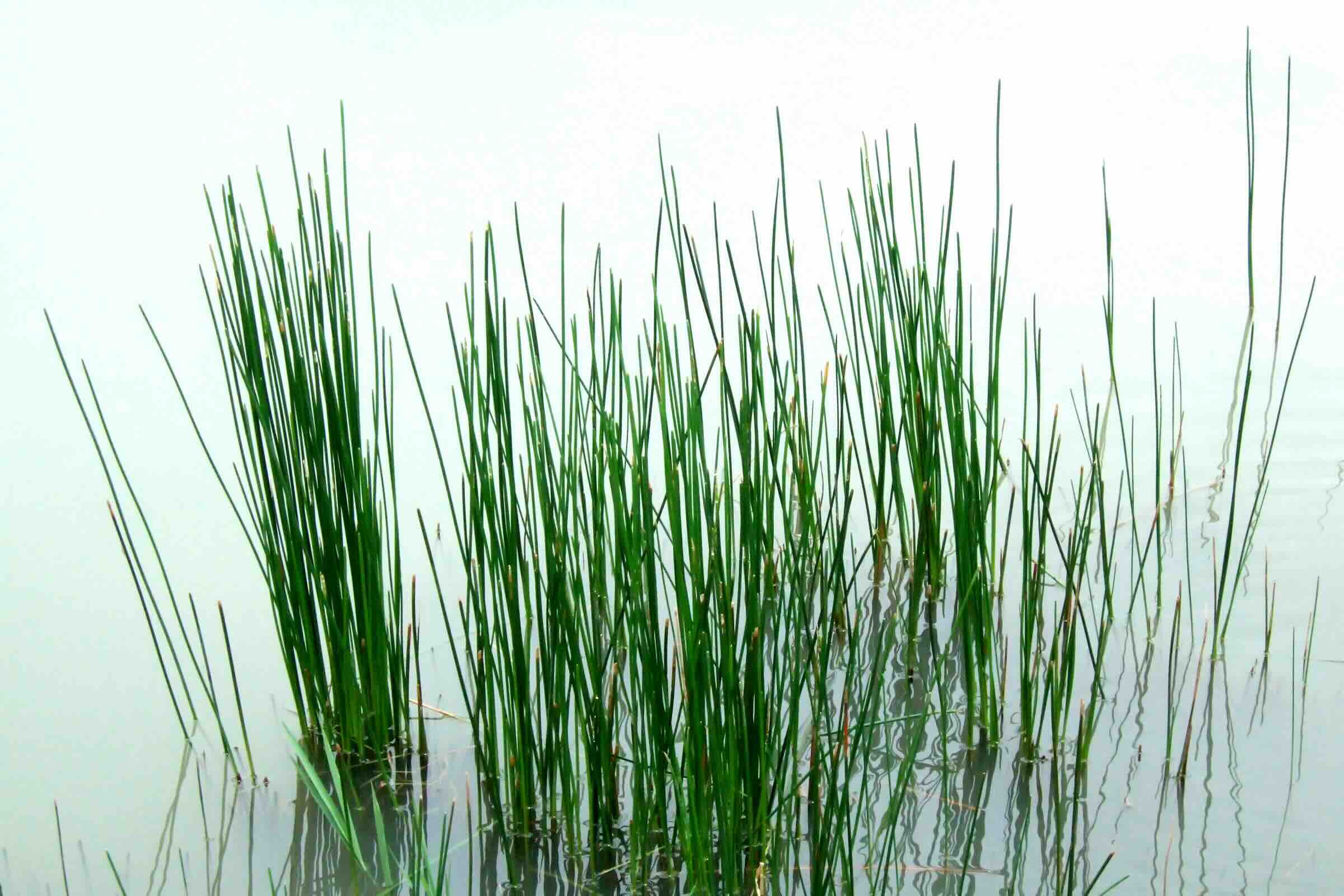
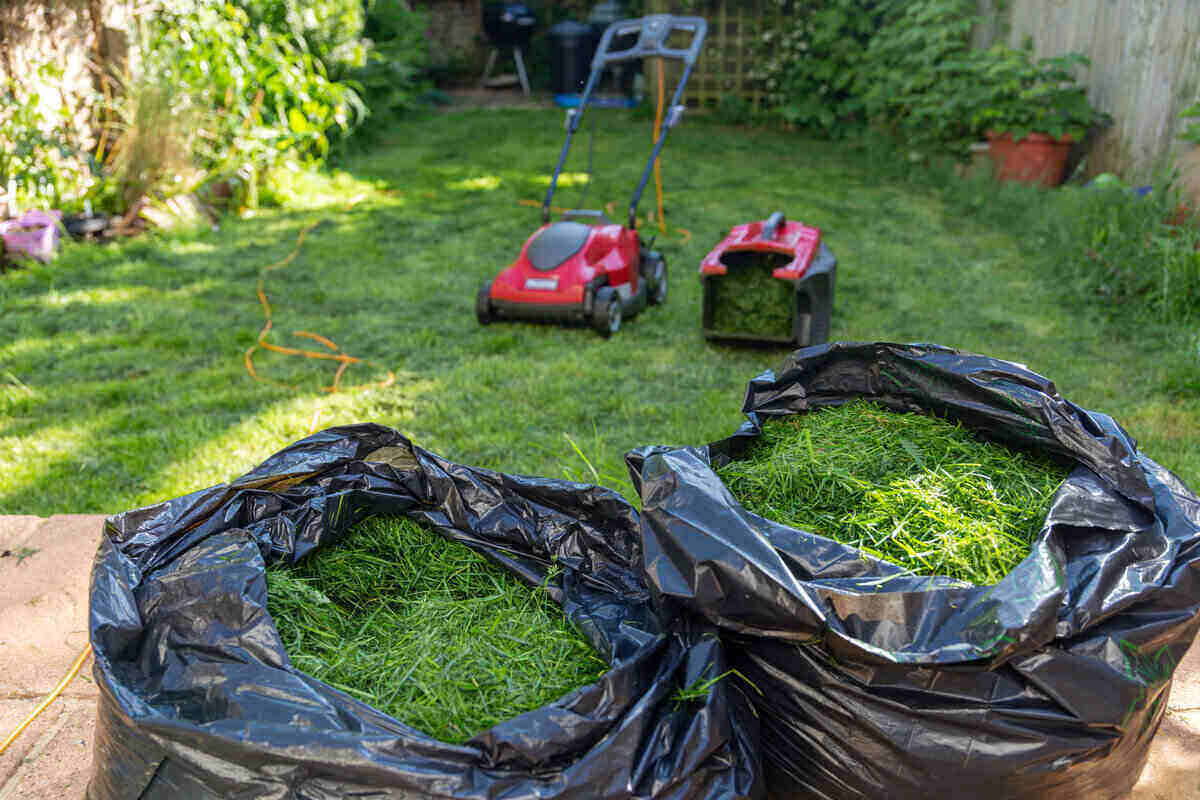
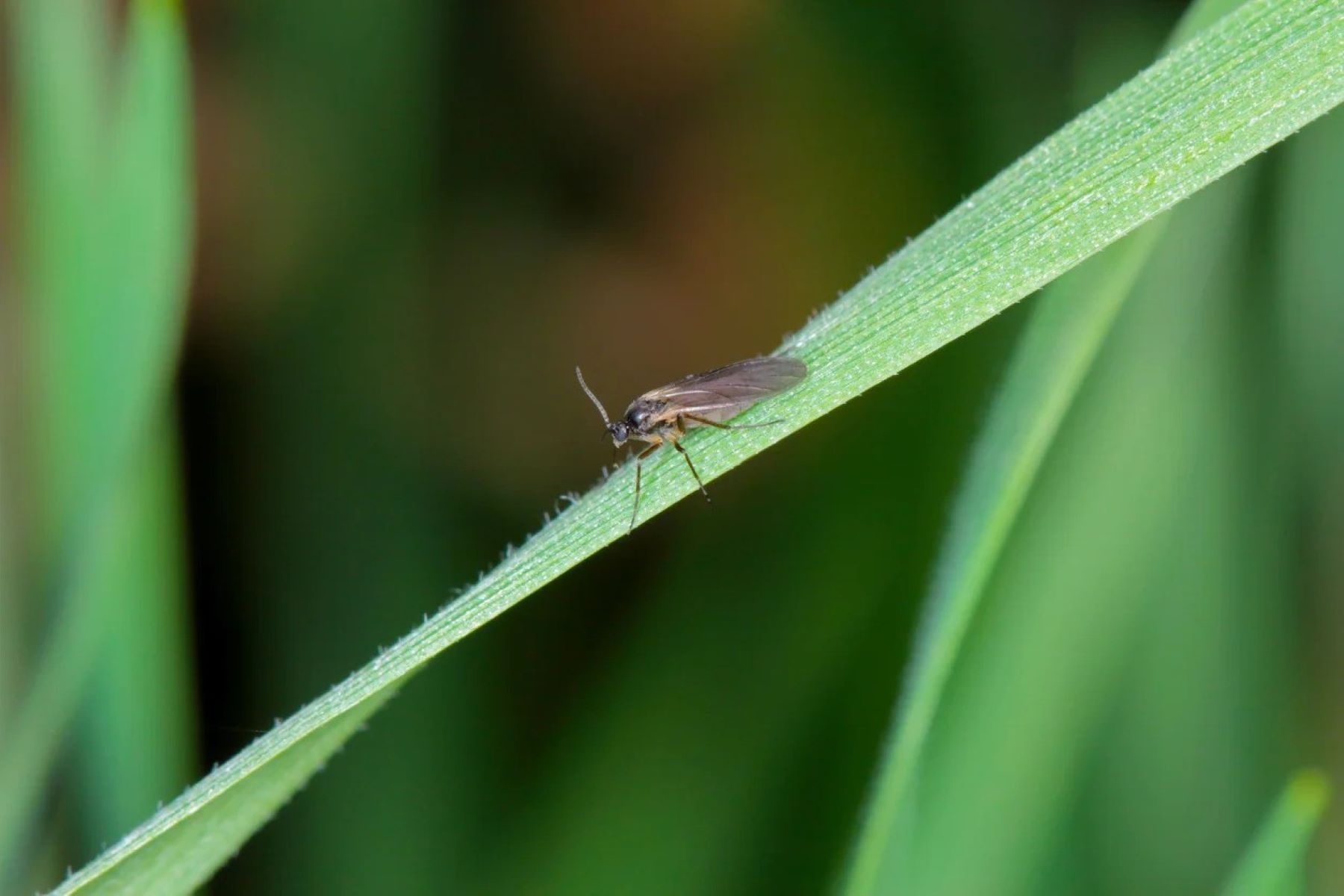
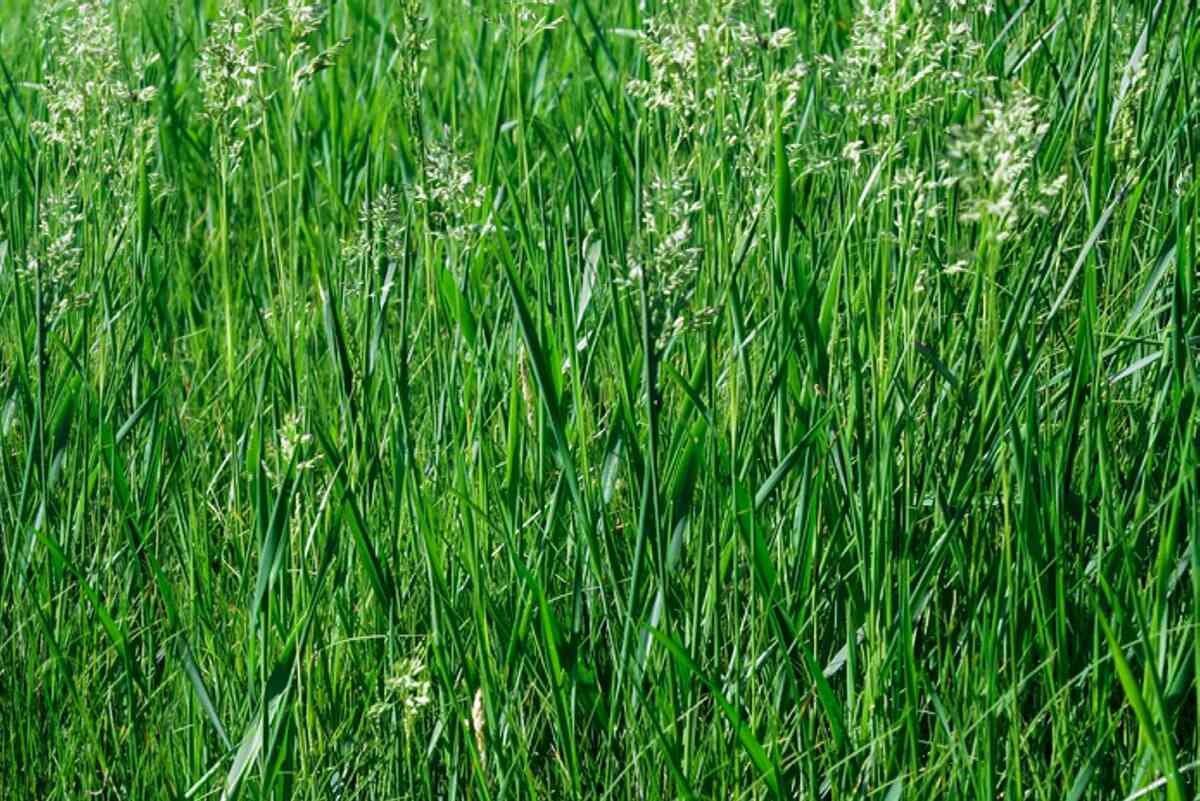

0 thoughts on “How To Get Rid Of Grass Itch”